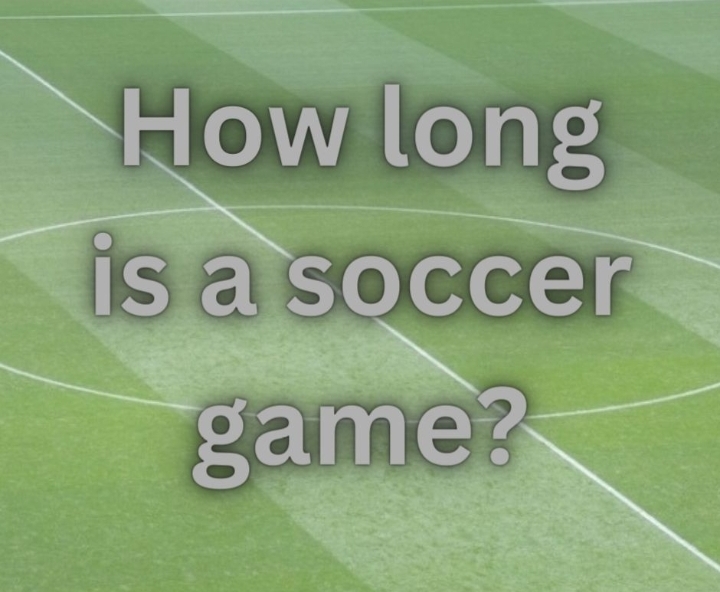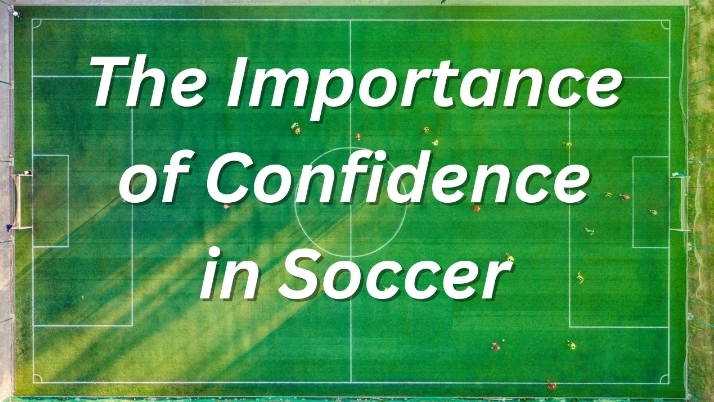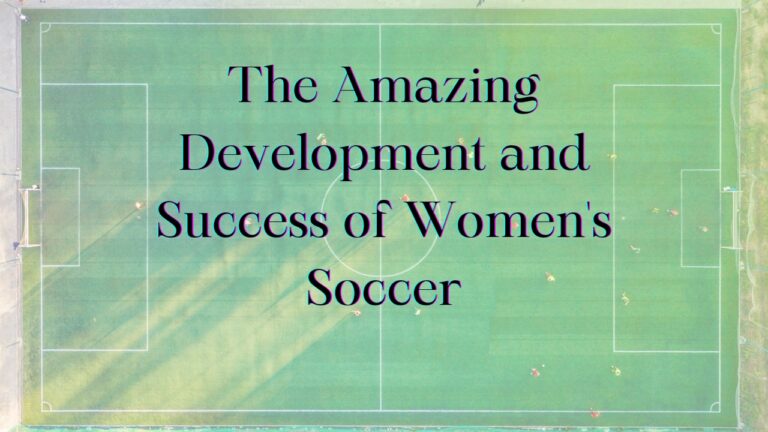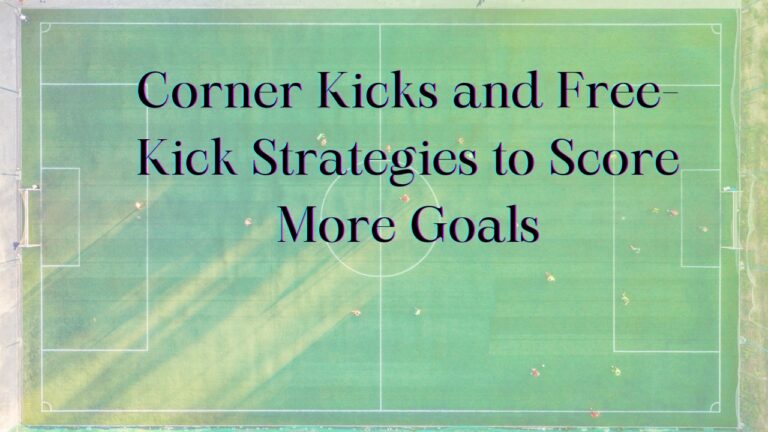Soccer, also known as football around the globe, has been gaining more and more interest among American fans. Yet if you’re new to the sport, one of the first questions you may have is: How long is a soccer game meant to last?
With varied time rules and overtime to factor in, determining an exact match duration is only sometimes straightforward, even for long-time followers of the ‘beautiful game.’ We aim to provide a detailed breakdown of professional soccer game lengths, halftimes, and stoppage times, plus additional considerations like tie-breaking procedures.
Standard Duration of a Soccer Match
When it comes to regulation length, professional soccer matches are played over 90 minutes. This duration is split into two halves of 45 minutes each, with a halftime break in between.
While 90 minutes is a standard length for pro soccer leagues and tournaments worldwide, it can be extended with a stoppage or “injury” time added on by match officials.
Outline the key timing components in a professional regulation soccer game:
Total Match Time: 90 minutes
First Half
45 minutes of play
Stoppage time added
Halftime Break: 15 minutes
Second Half:
45 minutes of play
Stoppage time added
The degree of added minutes can vary significantly from game to game based on delays, injuries, substitutions, and so on throughout play. We will get more into the factors that can alter match durations shortly.
Why are Soccer Games 90 Minutes Long?
If you are new to the sport, you may be wondering why professional regulation soccer matches last a total of 90 minutes. Where did this quantity of time originate from, and how was it established in the first place?
The 90-minute standard can be traced back to the original establishment of the rules of the game. Before the mid-1800s, matches were played in informal settings without many fixed regulations.
Games would last indefinitely until one team scored a decided number of goals that the sides agreed to beforehand.
However, as soccer began developing into an organized sport played in competitions, a recognized set of rules was needed. In 1863, the English Football Association was formed as the sport’s first governing body. They determined 90 minutes to be the match duration, split into two halves.
Some historians speculate the choice was related to the length of a cricket game “at the time” lasting 90 overs. So the founders modeled soccer in a similar format. The laws set by the Football Association spread as soccer grew globally, cementing the two 45-minute halves as the regulatory standard.
While youth, amateur, and even some professional leagues do implement shorter game lengths, any top-tier organization like the World Cup or English Premier League follows the traditional 90 minutes of play.
Those halves have remained unchanged for over 150 years since soccer codified its rules.
Additional Time and Variations
While soccer games at the professional level are intended to last 90 minutes in total, the actual duration can vary substantially. Several factors can alter the length of a match, including:
Stoppage or Injury Time: Added minutes at the end of 90-minute regulation are very common in both halves due to delays in play like:
Injuries and medical assessments of players
Substitutions
Video Assistant Referee (VAR) reviews
Goal celebrations
Intentional time-wasting tactics
Spectator interference
The amount of stoppage time is a minimum indicated by assistant referees or the fourth official. It often extends well beyond the initially signaled additions.
Weather Delays: Severe weather, from heavy rain or snow to lightning, can prompt match officials to pause play for safety reasons. These delays eat into game time.
Overtime Periods: Cup and tournament competitions will move into overtime halves if teams end regulation play tied on goals. Two added 15-minute periods are played until a winner emerges.
We will detail overtime procedures, penalty shootouts, and standard durations for youth soccer leagues later on. First, we look at some key statistics on the range of average match times.
Average Soccer Game Times
While regulation sets soccer games at 90 minutes split into two 45-minute halves, most matches exceed that duration when factoring in added time.
Typical Game Length – Start to Finish
105 minutes: Lower estimate for match length from kickoff to final whistle.
120 minutes: Upper estimate, usually in games with multiple delays/injuries.
However, the ball is only in play for a portion of that duration. Estimates for actual total playing time generally fall between:
60-67 minutes: Average amount of time to play the ball actively in play during 90+ minutes of game time. Stoppages account for significant “unused” time.
The lost playing time has led some analysts to propose rule changes, shortening matches to 60 minutes total by eliminating components that delay games.
But soccer’s governing bodies have been hesitant to deviate from the traditional format.
A Closer Look at Tie Game Procedures
In tournament-style competitions like the World Cup, teams could play up to 120 minutes in a single match if regulation play ends tied after 90 minutes.
Soccer has specific procedures in place to determine a winner in these scenarios:
Overtime – Extra Time
If the two teams have identical scores after the second half, play continues into two extra periods:
Two halves of 15 minutes each played after standard 90 minutes.
A short one-minute break separates the extra halves.
Teams switch sides at the end of the first overtime like regular halves
Overtime allows for 30 additional minutes for one side to score without needing to revert to tie-breaker methods. However, penalty kicks ultimately decide the victors if the score remains level after overtime.
Penalty Shootouts
Penalty shootouts provide each team with five shots, alternating against the opponent’s goalkeeper. Whichever has scored more goals after the first round of 5 penalties wins. Further extra rounds can occur if teams remain tied after trading initial shots.
A quick guide to the penalty shootout process:
The coin toss winner chooses to kick the first or second
Teams alternate penalty takers with different players taking shots
If tied after each has taken 5 kicks, it moves to sudden death
During sudden death, if one team scores and the other doesn’t – the game ends
Penalty kicks are widely seen as an emotional and dramatic way to settle tied games after two hours of play. The threat of a shootout prompts teams to aggressively seek a goal in overtime before reaching the lottery of spot kicks.
Youth Soccer Game Lengths
While we’ve covered professional match times, youth and amateur soccer use shortened games based on age. Youth leagues formulate time limits keeping in mind age-appropriate attention spans and playing capacity.
An Overview of standard youth soccer game durations by common age group divisions:
Under 6: 4 quarters of 6 mins each (24 mins total)
Under 8: 4 quarters of 8 mins each (32 mins total)
Under 10: 2 20-minute halves (40 mins total)
Under 12: 2 30-minute halves (60 mins total)
Under 14: 2 35-minute halves (70 mins total)
Under 16: 2 40-minute halves (80 mins total)
Under 19: 2 45-minute halves (90 mins total)
Some youth matches will have timeouts and brief quarter breaks for coaching and hydration. But once games move to a halves format overtime is also introduced, eventually mirroring full regulation periods by U19.
World Cup and Major League Match Times
From youth games up to the biggest global tournament, let’s look at how match durations align across levels of play:
FIFA World Cup
The quadrennial international tournament follows standard timing with tweaks:
Two 45-minute halves of regulation time
Stoppage time is added at the referee’s discretion
Two more 15-minute periods of extra time if tied after 90 minutes
Penalty shootouts if still level after 30 minutes of overtime
So a World Cup knockout stage match could potentially last 120 minutes plus shootouts.
Professional Leagues
Major club football leagues adhere to the traditional 90 minutes formats:
English Premier League – Two 45 minute halves
MLS (USA) – Two 45 minute halves
Bundesliga (Germany) – Two 45 minute halves
Champions League – Two 45 minute halves
Cup games may go to extra time and shootouts. Regular league and season matches end after regulation in a tie.
High School Soccer
Typical American high school soccer games shorten standard timing:
Two 40-minute halves rather than 45-minute
Per state association regulations
Now that we have explored soccer match lengths across age groups as well as local and global tournaments, let’s recap key takeaways around regulation and overtime.
Conclusion
Determining exactly how long a soccer match will last can be complicated by many variables that alter game times at the youth, amateur, and professional levels. But in general:
The standard duration of a professional regulation soccer match is 90 minutes, comprising two 45-minute halves with a 15-minute halftime break.
Stoppage time added to the end of halves can cause games to exceed 100+ total minutes.
Soccer games in tournament format may progress to two 15-minute periods of overtime and finally penalty shootouts to determine a winner if tied through regulation and extra time.
Read More: The Complete Guide to Understanding Offside in Soccer
AUTHOR






